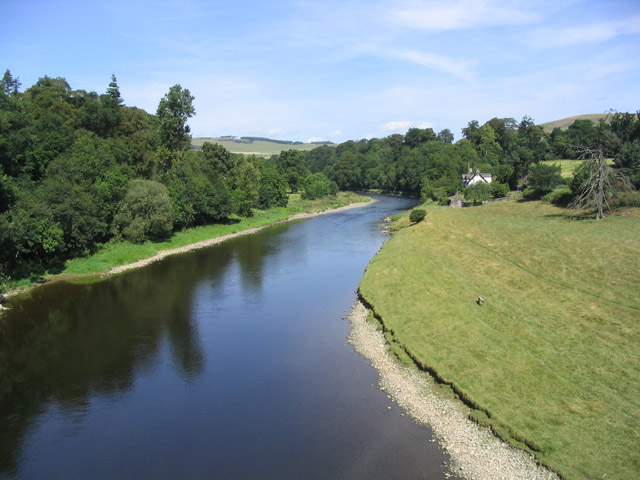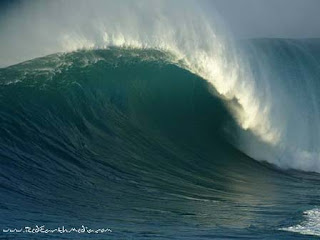1) Urban Sprawl is the spreading outwards of a city and its suburbs to its outskirts to low-density, auto-dependent development on rural land, with associated design features that encourage car dependency.
2) Urban Consolidation is the increase of dwelling densities within established areas over and above that which is already there through infill or redevelopment of existing buildings.
3) A highly urbanized country means its has a high population density, a high proportion of the population working in manufacturing and/or professional or service-related industries. High urbanized countries are also centres of business, trade, tourism, entertainment and finance.
4) The statistics that suggest Australia is high urbanized are that it has over 65% of its population in its capital cities, the availability of flat land and coastal locations are encouraging people to move into those capital cities. The United Nations has also successfully estimated that 92% of Australians live in an urbanized area.
5) The fact that each capital cities location are linked to coastal locations, historical values, transport advantages and a favorable climate aswell as availability of flat ground for building development
6) Population density is a measurement of population per unit area or unit volume. It is frequently applied to living organisms, and particularly to humans. This is related to urban sprawl as the larger a population is, the more suburbs are created in a city to expand outwards to fit the amount of people in comfortably. The problem with this is the cost of infrastructure and supplies needed to build these new areas and the removal
of nature.
7) Australian cities have very low population density in comparison to other cities such as Mumbai and Cairo. There has been a recent shift in Australians wanting to live in small houses and apartments rather than in detached houses. Unlike other countries, Australia's available land to be expanded upon, its quite large compared to London or Paris.
8) Urban consolidation is able to provide a new suburb with the latest technology and equipment needed to allow its population to live comfortably aswell as not having to expand so quickly outwards. The main factor of urban consolidation over urban sprawl is that it allows the population to use features such as public transport, electricity and water supplies can be used more intensely
9) Urban planners have managed to innovate new designs for apartments and new estates to manage the problem of population growth in cities. They have been able to create apartments and estates that are smaller but more comfortable for the person/people living inside.
10A) Melbourne
B) It is measured in the number of people living per square kilometre
C) Sydney, Melbourne, Adelaide, Wollongong, Perth, Gold Coast, Newcastle, Canberra, Gosford and Brisbane
D) 80% of Australia's largest 10 cities have more than 1000 people living in a square kilometre
11) Some of the opinions of the detached housing residents would be that the construction of apartments takes too long or that its prices make a suburbs total value decrease. The impacts would be that current residents would be disturbed be construction workers, sound(s) and possible obstructions and time delays on roads and transport.
12) The advantages of living in a detached estate would be that you can choose more specifically where you want to live, you can control the tidiness of your own home, you need to pay less maintenance and service fees, you can use your house as a social area without having to worry so much about other residents in the nearby area, and prices don't change for rent. Disadvantages are the interest on mortgages, cost of the entire area and renovation and the availability of land space and the cost of the land itself





